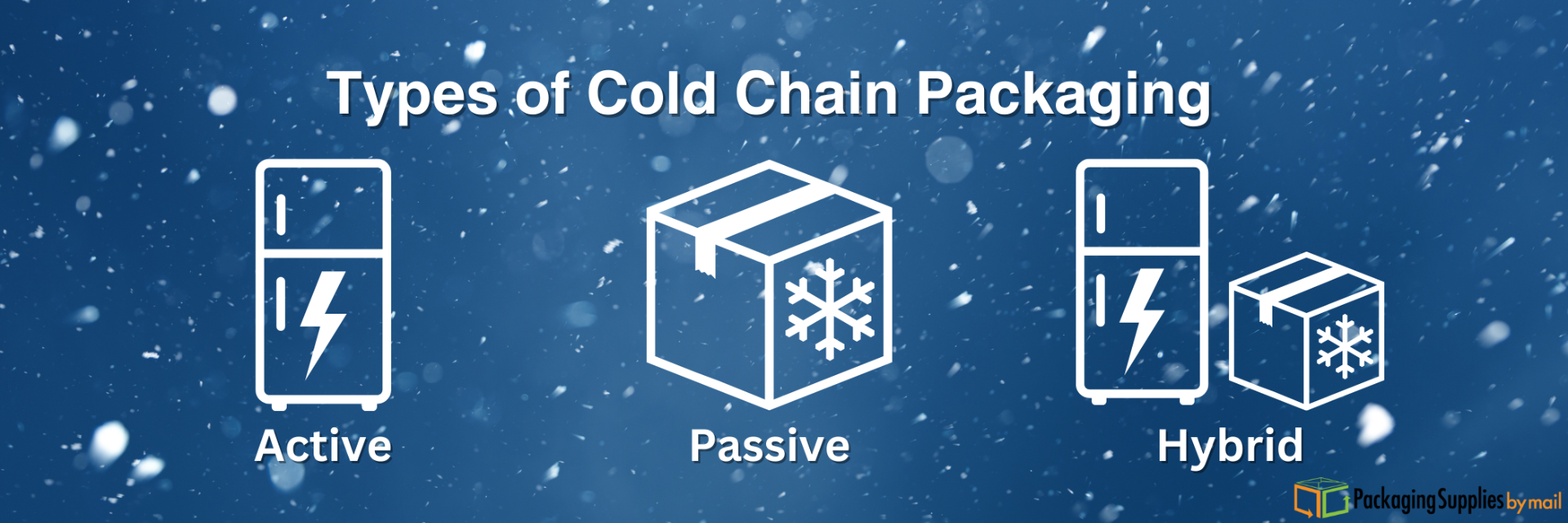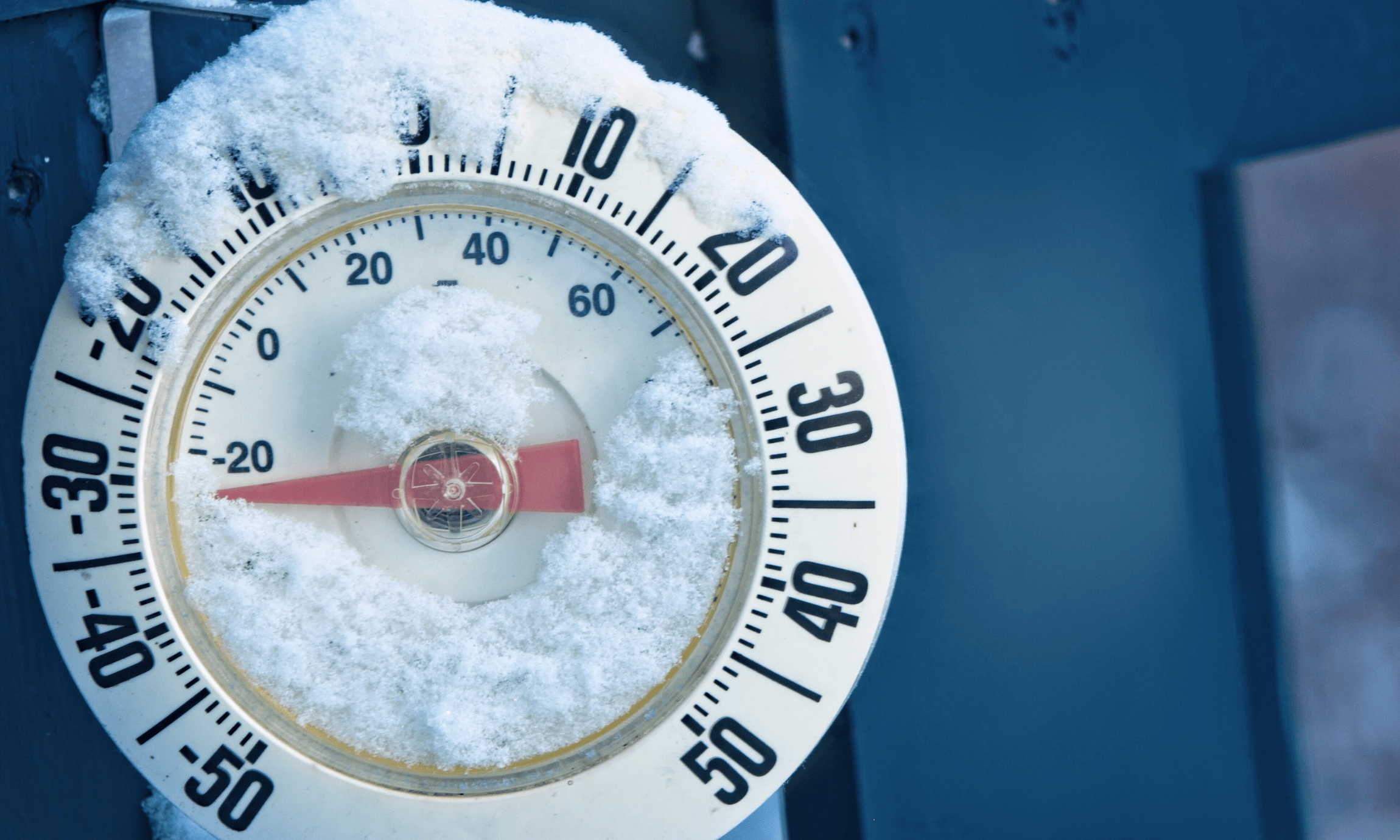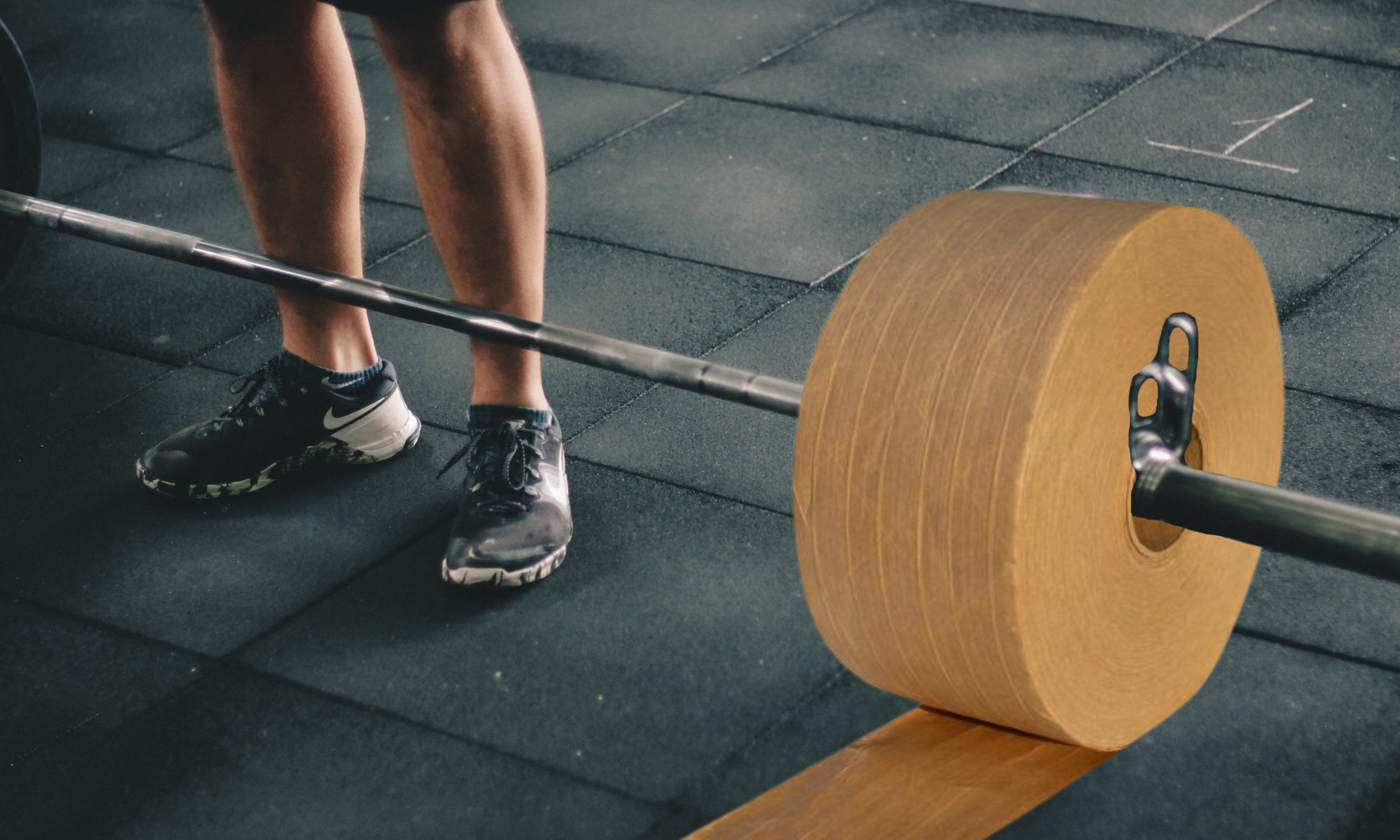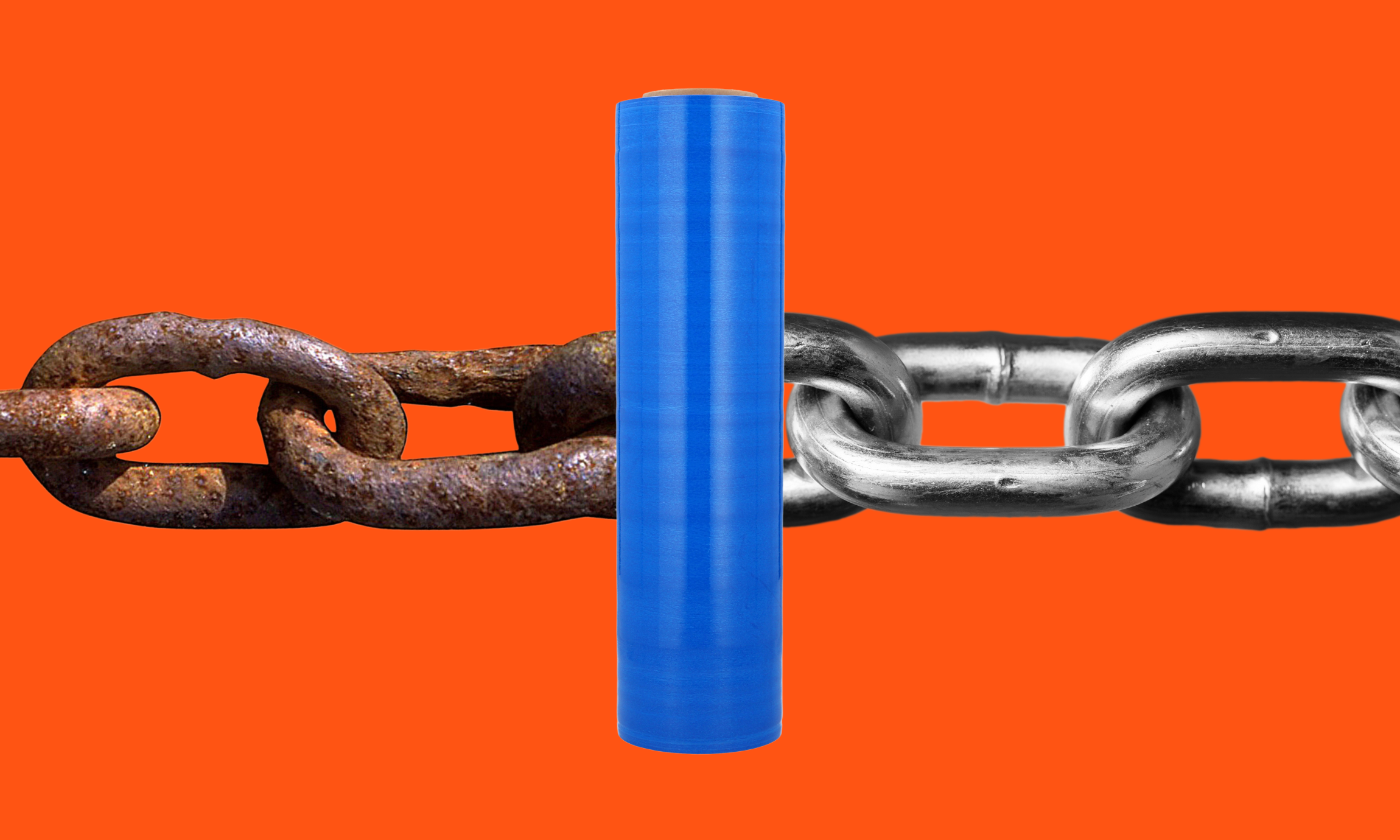How do you keep your stuff cold? It’s a question we’ve long sought to answer. From British sailors packing their fish with ice in the 1700s to Frederick Jones patenting the refrigerated delivery truck in the 1930s, we have a long history of using the cold to keep our goods fresh. These days, we use the term “cold chain” when discussing the technologies and methods of keeping goods cold and fresh. In this positively frosty article, we will go over what cold chain packaging is, the different types, and common cold chain packaging products.
What is Cold Chain Packaging?
Cold chain packaging refers to all the processes and equipment required to keep products at a constant temperature from manufacturing all the way to retail and their final destination. Cold chain packaging has a tough job to fulfill: it needs to keep goods at freezing and subfreezing temperatures while staying strong and in place throughout transit and storage. To stand up to the hard task of cold storage, cold chain packaging is specially manufactured to perform well in the chilliest of conditions.
What are the Types of Cold Chain Packaging?
Active Cold Chain Packaging
Active cold chain packaging is powered by electricity and encompasses technologies and systems such as freezers, refrigerators, and cold storage warehouses. Active cold chain is the most effective and reliable type of cold packaging. However, it is also rather expensive to operate and maintain.
Passive Cold Chain Packaging
Passive cold chain involves materials that keep products at cold and freezing temperatures without the use of electricity. Passive cold packaging includes stretch films, tapes, insulators, and other unpowered items that are specially made to withstand icy conditions. While passive cold chain packaging is more cost-effective, it also carries a risk of spoilage if items take too long to transport.
Hybrid Cold Chain Packaging
Hybrid cold chain combines the benefits of active and passive packaging. Most cold chain services will use a combination of electrically-powered freezers and insulated packaging to keep products at constant temperatures. This type of cold chain is especially recommended for highly important shipments, such as vaccines and emergency supplies.

What Kinds of Products Require Cold Chain Packaging?
Cold chain packaging is used for perishable products that need to be kept at cold, freezing, or sub-freezing temperatures. This includes:
Food and Beverage
Plants and Flowers
Seeds
Pharmaceuticals
Chemicals
Biological Substances
Film
Cosmetics
Cologne
Candles
What are Common Cold Chain Packaging Products?
There is a wide variety of cold packaging products out there, including freezer trucks and cold storage warehouses. However, for the sake of this article, we will be focusing on passive cold chain packaging.
Stretch Wrap, Freeze and Thank You
Stretch wrap is a packaging essential, bundling loads together as a solid unit and protecting from contaminants like dust, dirt, and moisture. Standard cast stretch film is at risk of weakening, becoming brittle, or otherwise failing when exposed to extremely cold conditions. Blown stretch film is a much better option; not only does this type of wrap offer greater puncture resistance, but it keeps your pallets held together well below 0°F, or -17°C.
If you’re looking for stronger cold resistance, some manufacturers make stretch wraps that are specially designed to withstand refrigerated and freezing environments. These plastic films offer all the tensile strength and tear resistance you’ve come to expect from stretch wrap, but also with the ability to perform in conditions as low as -40°F (-40°C).
Tape That Breaks the Ice
It’s not packaging and shipping without tape. Unfortunately, most tapes have a tendency to weaken and fail in freezing settings. Acrylic carton sealing tape, however, will hold its adhesion in temperatures as low as 32°F (0°C)—just make sure you apply it in warmer conditions so it has a chance to stick and build its adhesion. Kraft tape also performs well in the cold and its super-strong adhesion makes for a great means of tamper-proofing your packaging.
But we can do better. For instance, our Cold Temperature Carton Sealing Tape can be applied to surfaces in conditions as low as 35°F (1°C) and it will stay in place, even as the temperature drops to as low as -40°F (-40°C).

The Insulation Sensation
If you’ve ever ordered a meal kit online, such as through HelloFresh or Blue Apron, you’ve probably seen your fair share of insulating materials. This kind of insulation takes the form of foil box liners, which are comprised of thermal panels, insulating foam, and a layer of foil to provide a thermal barrier between the perishable goods and the elements. There are also insulated shipping pouches, delivery bags, rolls of insulation, and more. These insulators act exactly like the fiberglass in your walls: they preserve temperature, keeping the cool in and the heat out.
Gellin’ with Gel Packs
While we’re still on the subject of online meal kits, you’ve probably seen quite a few gel packs as well. Think of these as oversized versions of the icepacks you’d use to cover a bruise. Gel packs are placed inside freezers until they become frozen solid, then they are packed into cartons so that they are in contact with the perishable goods. It works just like the ice in your favorite beverage: the more cold stuff that touches your product, the colder your product will be and the longer it will stay cold.
It’s Temperature Indicator Time
In the world of cold chain, there may be no more important piece of information than the exact current temperature of your products. However, electric thermometers will drive up costs and mercury thermometers are dangerous. Therefore, most cold chain services use temperature indicators, which are simple devices with no moving parts that present immediate temperature information at a glance. These tools are usually made with special materials and chemicals that change properties as the temperature changes, such as changing color or producing a previously hidden message. Temperature indicators provide workers with instant information so that in the case of spoilage, workers can identify the spoiled loads and act accordingly.
Keeping Cool
Cold chain packaging is an often-unsung hero of the modern supply chain. Perishable goods will not last forever; perishing, after all, is in the name. But with active and passive cold chain packaging at our disposal, we can prolong the lifespan of perishables for as long as possible. By combining electrically-powered freezer systems and insulating packaging materials, we can supply grocery stores, deliver vaccines, and enhance the capabilities of our agriculture. In the global market, it pays to stay cool.
While you’re here, check out our wide selection of packaging supplies, which includes cold temperature carton sealing tape. We offer free shipping on this product and more, so you can chill out with some cold chain packaging today!
Speaking of the cold, with lower temperatures comes the end-of-year holiday season. If you’re curious as to what packaging to stock up on for the holidays, we’ve compiled a top 10 list of the best holiday packaging supplies.









